As the most significant and contentious achievement of the Obama administration’s foreign policy, the Iran nuclear deal has had an uncertain future since the November 2016 presidential election. Despite his harsh criticism of the agreement, President Donald Trump recently renewed waivers of sanctions on Iran, extending American compliance with the deal, known as the Joint Comprehensive Plan of Action (JCPOA), for at least three more months.
It’s too soon to say if the waivers, together with the reelection of Iranian President Hassan Rouhani, who championed the agreement, will sustain the deal. In fact, as part of a broader strategy of ramping up pressure on Iran, Washington is advancing tough new measures to penalize Tehran for its ballistic missile program and other policy concerns. These prospective sanctions, and Iran’s response, will test the tipping point of U.S.-Iranian tensions and may resolve two persistent uncertainties born of the JCPOA: Did the deal effectively rule out any future U.S. use of sanctions? And can the Iran nuclear deal outlive its opponents?
Sanctions under the Trump administration
Even with the closely-watched decision to issue the waivers, the Trump administration sought to emphasize its antipathy toward the deal and toward Tehran, announcing alongside the waiver renewals penalties on seven Iranian and Chinese targets involved in Iran’s missile program under a 2005 executive order isolating WMD proliferators. These designations follow similar action in February and March, when several dozen individuals and entities were named under the robust U.S. sanctions regime related to missiles, terrorism, and other issues that was left untouched by the nuclear deal.
Critics of the deal described the two-step approach as “waive-and-slap” and insist that it offers “an elegant way to maintain pressure on Iran.” And they seek to go beyond that, by establishing new penalties on Iran. Since Trump’s inauguration, Congress has introduced seven bills and resolutions that seek to sanction Iran. On Thursday, the Senate Foreign Relations Committee overwhelmingly passed the Countering Iran’s Destabilizing Activities Act of 2017, which is supported by an equal number of Republicans and Democrats, including many who supported the Iran nuclear deal.
The bill mandates sanctions on those involved in Iran’s ballistic missile program, applies terrorism sanctions to the Revolutionary Guard Corps, and requires the president to block the property of anyone (or any entity) involved in transactions of prohibited arms and related material to or from Iran. The House is moving ahead with similar measures, including the Iran Ballistic Missiles and International Sanctions Enforcement Act, which only targets missile development. The House also passed legislation targeting supporters of the Assad regime, including Russia and Iran.
The issue of Iran’s missile program has occupied a central position in the debate over the nuclear deal. Although missile development represented a core element of the U.N. resolutions that preceded the agreement, the JCPOA did not address the issue. U.N. Security Council Resolution 2231, which endorsed the deal, merely “calls upon” Iran to halt the program for eight years, but does not legally require Tehran to do so. On this basis, European and Russian officials have opposed new penalties over Iran’s ballistic missile tests. Tehran maintains that its missiles are not designed to carry nuclear weapons and its leadership insists that Iran “will not wait for [U.S.] permission” to carry out such tests.
Sanctions and the international community
Washington has been sanctioning Iran for nearly 40 years, beginning with measures prompted by the November 1979 seizure of the U.S. Embassy in Tehran and its diplomats. Most of the original measures were removed as part of the 1981 Algiers Accord, which ended the hostage crisis, but over the intervening years, the United States repeatedly relied upon sanctions as a means of penalizing and deterring the Islamic Republic’s destabilizing regional policies and repression of its own citizens.
Washington’s deployment of coercive diplomacy traditionally drew only limited international support. That began to change in 2006, as mounting concerns over Iran’s nuclear program were referred to the U.N. Security Council. Over the course of the next seven years, Tehran found itself the target of an increasingly complex and comprehensive array of international economic restrictions enacted by the U.N., the European Union, and a number of individual states around the world.
The January 2016 implementation of the nuclear deal required all parties to lift or waive sanctions related to Iran’s nuclear program, enabling Tehran to revive oil exports, reestablish linkages with the international financial system, and rebuild trade and investment relationships with traditional partners in Europe and Asia. The deal did not require relief of all sanctions, however, and a vast array of U.S. measures unrelated to the nuclear crisis remains in place. In addition, the EU maintains an embargo on sales to Iran of proliferation-sensitive items and gear for internal repression.
Violations? Depends who you ask
The language of the JCPOA is very clear: the deal does not terminate all sanctions levied against Iran by the United States or other governments, nor does it prohibit future measures. Throughout the negotiations and in the Congressional review of the final terms, U.S. officials from President Obama on down took pains to emphasize these provisions in their efforts to rebut domestic and regional criticism of the bargain. However, for domestic political reasons, Iran’s leadership made nearly diametrically opposing claims; they sold the JCPOA in the most triumphal terms as providing wholesale sanctions relief and an end to all penalties on Iran’s economy.
This divergence has repeatedly strained the deal’s implementation. Iranians have blamed Washington for a sluggish and uneven economic recovery and depicted routine designations under existing sanctions or steps to extend waived measures as violations of U.S. commitments under the deal. As justification, they can rely on certain passages of the agreement that require all parties to implement the deal “in good faith and in a constructive atmosphere, based on mutual respect, and to refrain from any action inconsistent with the letter, spirit and intent of this JCPOA that would undermine its successful implementation.”
While Washington has continued to designate Iranian entities under existing measures, the Obama administration at times seemed to bend over backwards in its efforts to assuage any prospect of buyer’s remorse from Iran, for example sending U.S. Treasury officials around the world to help prospective investors navigate the sizable continuing compliance risks in doing business with Iran.
The Trump administration, backed by bipartisan support in Congress, has instead sought to turn up the heat on Tehran, and thanks in part to the efficacy of the nuclear sanctions, is eager to deploy new penalties such as the missile-related sanctions that SFRC passed this week. The committee softened the language of the bill in order to address concerns expressed by some Democrats as well as by former Obama administration officials that it should “not…impede [U.S.] commitments under the JCPOA.”
What next?
If, as expected, the missile sanctions pass the full Congress and are signed by President Trump, this will represent the first new U.S. measures put in place since the interim nuclear deal was approved in 2013. In that sense, it will provide the first real test of whether the deal can withstand the application of new economic pressure against Iran. It’s unlikely to be the last major milestone. The JCPOA-required waivers of sanctions related to the nuclear program will prompt a steady rhythm of Iran-related decision points for Trump, most immediately in mid-July, when the administration’s review of the nuclear deal is due to be completed.
Also under newfound scrutiny are Treasury Department licenses for Boeing and Airbus to sell planes to Iran Air. The sales were specifically permitted under the deal, but the licenses have provoked concerns in Washington on the basis of reports that Iran’s commercial aircraft directly support its military campaign in Syria. Iran has already begun receiving Airbus planes, and the first Boeing planes are scheduled for delivery in 2018, but measures in the House and Senate have introduced almost identical bills that probe ties between Iran Air and the IRGC.
Predictably, Tehran has sought to reply to new sanctions in kind. Treasury’s recent designations were immediately met by new Iranian sanctions against American individuals and entities, supposedly for U.S. support for Israel, among other reasons. In March, in response to other U.S. sanctions, Iran announced sanctions on 15 U.S. companies for similar reasons.
And while calls for economic penalties mount, pressure is also rising in the region. President Trump’s visit to Riyadh rallied the Saudis and other major Arab and Muslim states around an agenda that features Tehran alongside the Islamic State as the most dangerous threats. And U.S. forces are taking off the gloves when it comes to targeting Iran and its proxies in the region, including an American airstrike earlier this month against “Iranian-directed forces” in Syria.
Even with Rouhani’s victory and if Trump renews the next round of waivers, the continuity of the JCPOA is far from guaranteed. Interestingly, the agreement’s lifeline may lie in Tehran, where Rouhani sought to boost his election prospects by dangling the prospect of further direct bilateral talks to lift remaining sanctions. That would pose profound domestic political challenges, but it signals a rare Iranian acknowledgement that the status quo satisfies neither Iranian nor American interests. In the absence of further dialogue, however, the JCPOA’s prognosis is uncertain. Both Washington and Tehran are seeking to avoid responsibility for the death of the deal, but its slow unravelling—by way of provocations, misinterpretations, and escalatory momentum—may be hard to prevent.
The Brookings Institution is committed to quality, independence, and impact.
We are supported by a diverse array of funders. In line with our values and policies, each Brookings publication represents the sole views of its author(s).

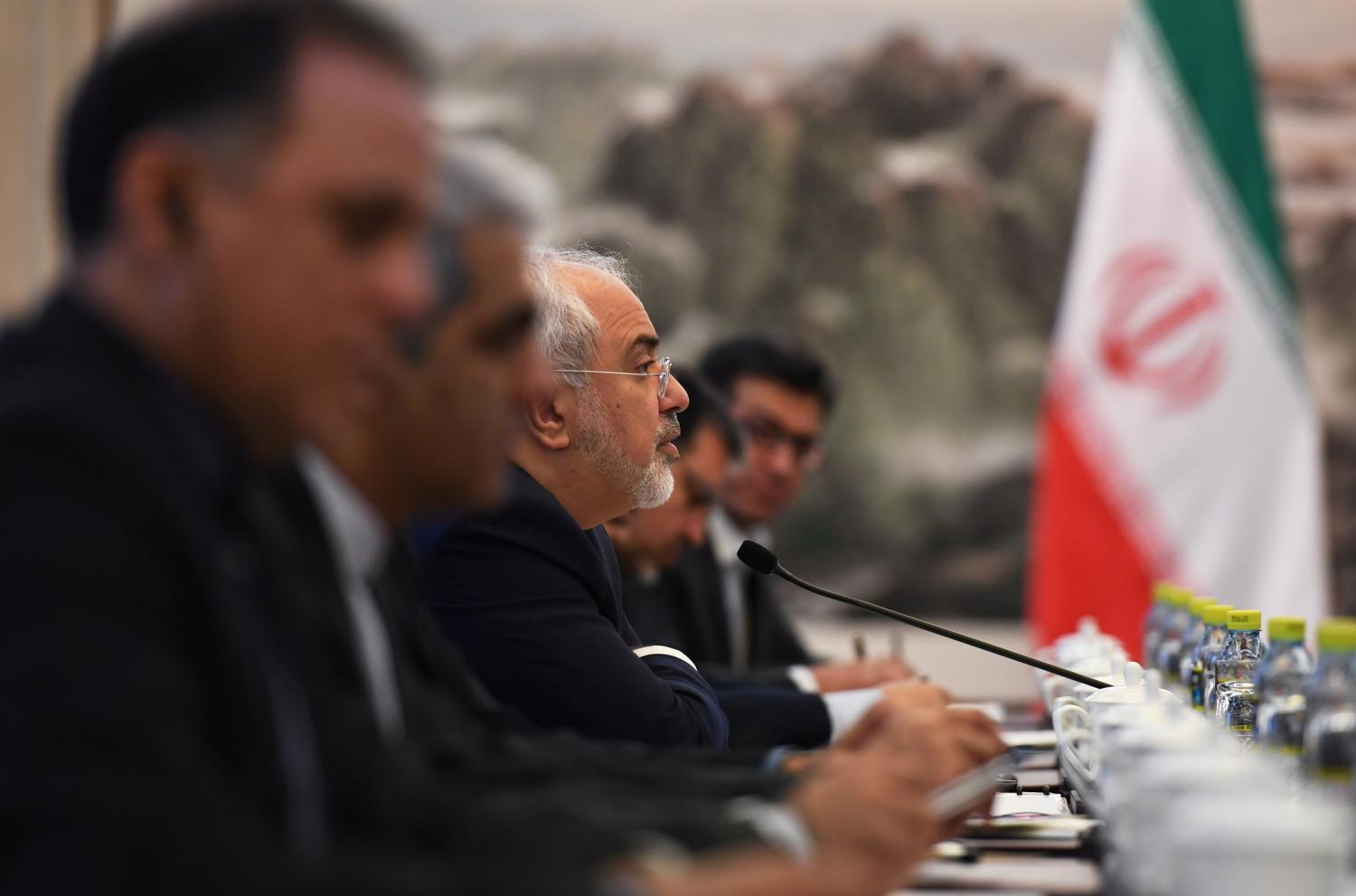
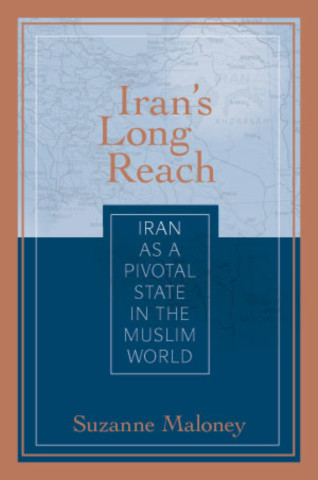
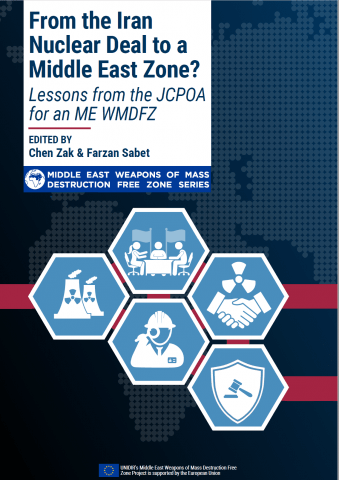
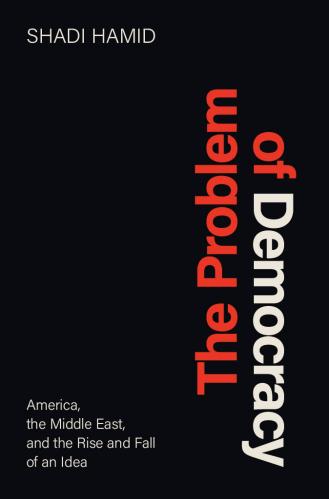
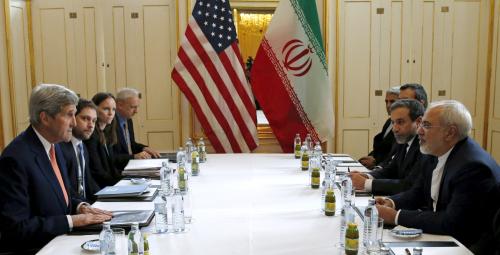
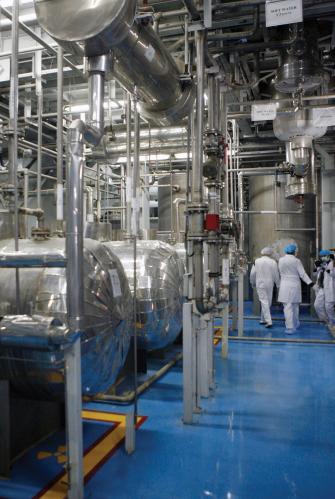
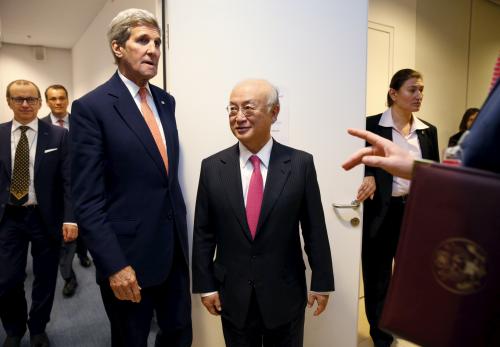



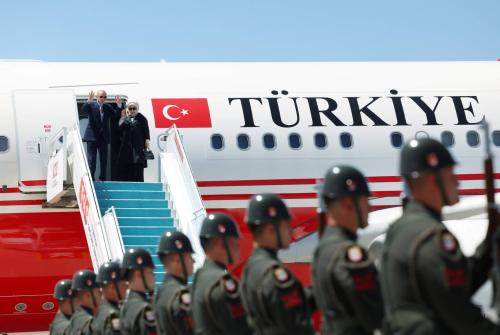
Commentary
Will the Iran nuclear deal survive? Time, and sanctions, will tell
May 30, 2017